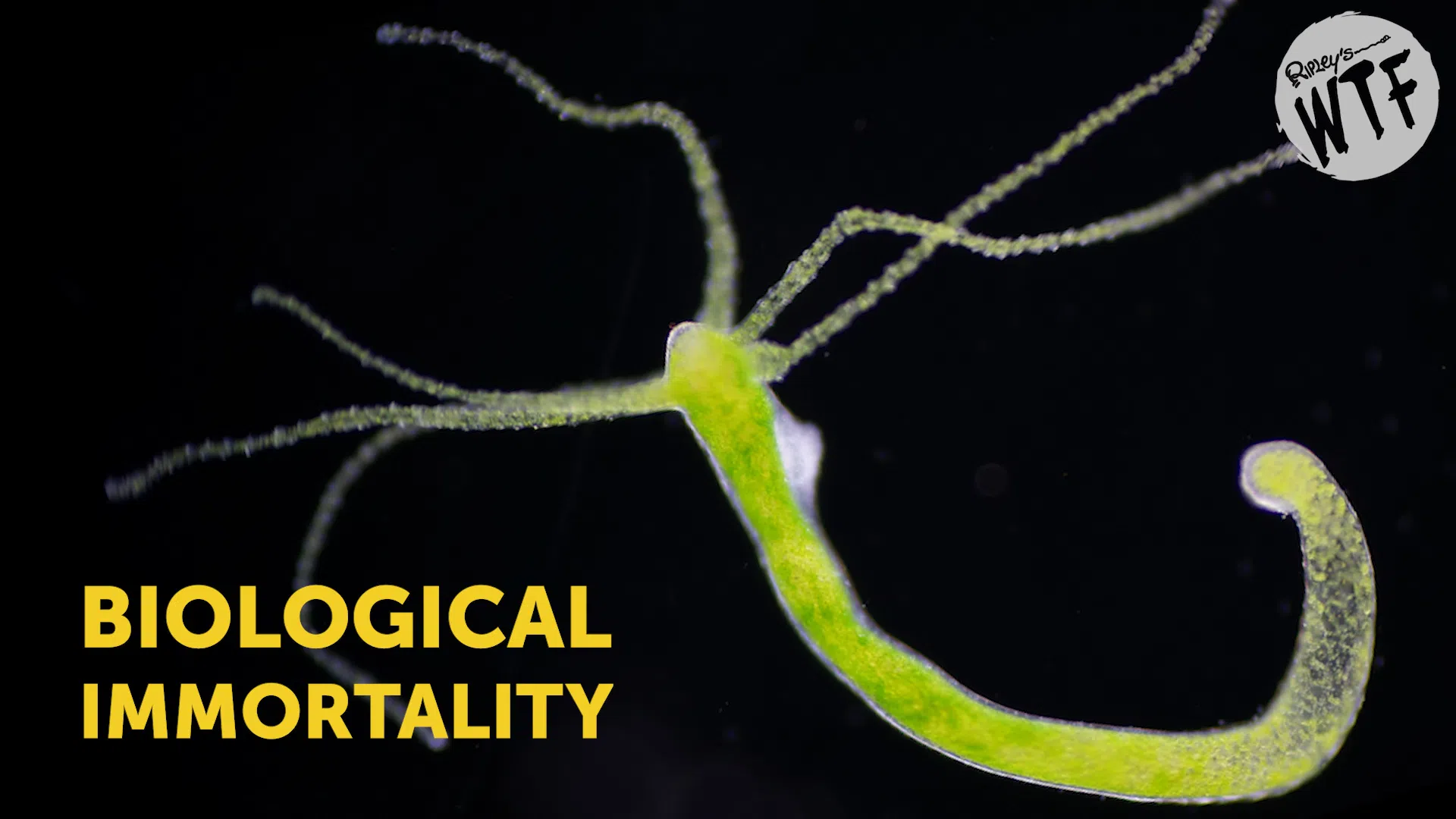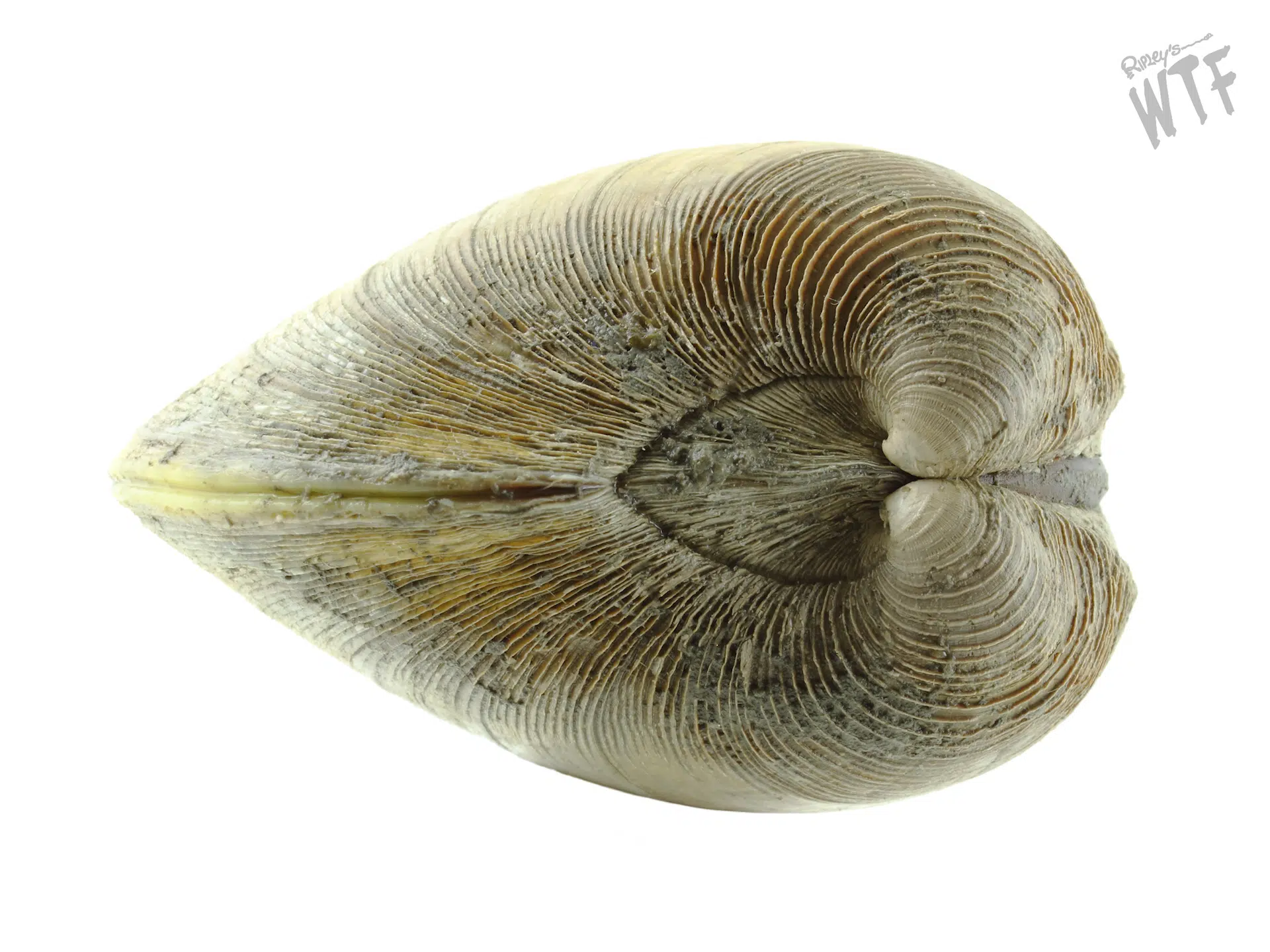How Do Some Animals Achieve Biological Immortality?
Featured in Ripley's Believe It or Not!

Immortality has been sought by mankind for millennia, but the secrets may not lie in sorcerous stones or face creams. Believe it or not, some organisms exhibit this oft-sought trait. The oldest known individual lifeforms on Earth were born nearly 5,000 years ago, and some sealife has the ability to seemingly reverse the aging process!
Biological immortality doesn’t mean that an organism can’t die, but instead means that they aren’t more likely to die the older they get.









